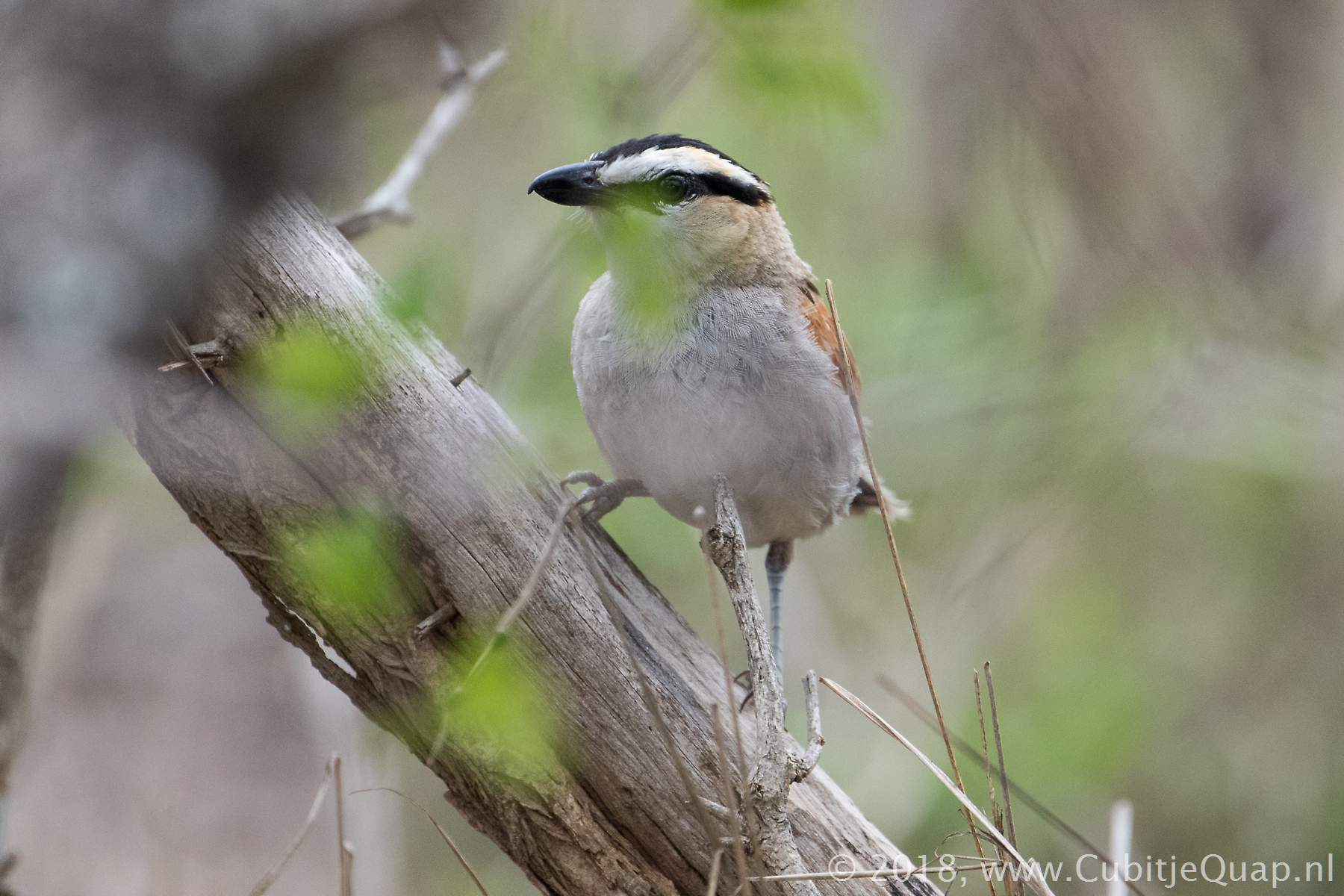Tchagras Information page
Description
Distinctive group of medium-sized shrikes with striped heads, chestnut coloured wings and white tipped, graduated tails. Skuling (moving stealthy), but disclosing their presence with far-carrying whistles and thrills.Tchagras are closely related to boubous and bush shrikes. They are generally confined to the lower strata of bushes. They fly fast, with rapid wing-beats interspersed with glides. they primarily eat large invertebrates and small vertebrates that are procured from the ground while hopping and leaf-tossing, rather than running. They will also glean from vegetation and may hawk insects aerilly.. They are able to eat hairy caterpillars, but they will first rub these on a branch or the ground before eating them.
They are monogamous and territorial. The nest is a shallow cup of rootlets or other plant material and some spiderweb. They lay 2 - 3 whitish egss with distinctive, sharp-edged, black, grey and brown lines and squiggles. Both sexes incubate the eggs and care for the young.
Scientific names
Bocagia = after Jose Vincente Barboza du Bocage (1823 - 1907), a Portugese ornithologistTchagra = an onomatopeic name coined by Levaillant after tcha-tcha-tcha-grrra call of southern tchagra
Birds in this category
Interesting links
Wikipediafatbirder.com

